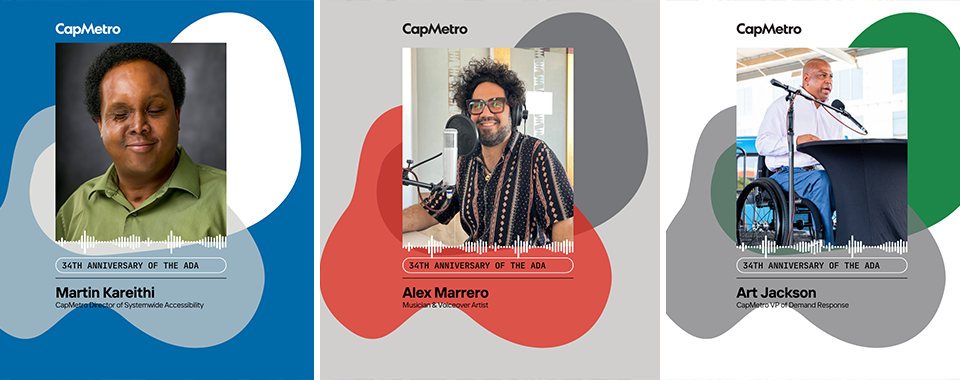
The ADA, or Americans with Disabilities Act, is a landmark, bipartisan civil rights law passed by the US Congress and signed into law by President George HW Bush on July 26, 1990. Its primary purpose is to prohibit discrimination against persons with disabilities in all areas of public life, including jobs, schools, and transportation. This ensures that people with disabilities have equal opportunities in every aspect of their daily lives.
These changes weren’t just about physical access; they were about dignity and independence, allowing individuals to travel more freely, to work and attend school and fully become part of their community. Behind these advancements were passionate advocates at local, state and legislative levels who pushed for change and their efforts led to the integration of accessibility.
The ADA mandates accessibility standards for individuals with disabilities in public and private spaces. These are accommodations like wheelchair ramps, accessible restrooms, large print or Braille for signage. Yes, before 1990 those accommodations weren’t required by law.
We wanted to highlight the ADA’s impact on public transit, with a focus on audible on board announcements. Before the ADA, many public transit systems were not accessible to people with disabilities. This meant limited or no access to buses, trains or stations. The ADA changed this landscape, mandating that public transit systems be fully accessible. Features like lifts on vehicles, level boarding platforms and audible announcements.
The multimedia team sat down with a few individuals involved with accessibility here at CapMetro and had them guide us through the impacts of the ADA and CapMetro’s commitment to improving accessibility on our transit system.
Interested in hearing more? Check out these user-submitted lines read by ‘the Voice of CapMetro’ Alex Marrero.



